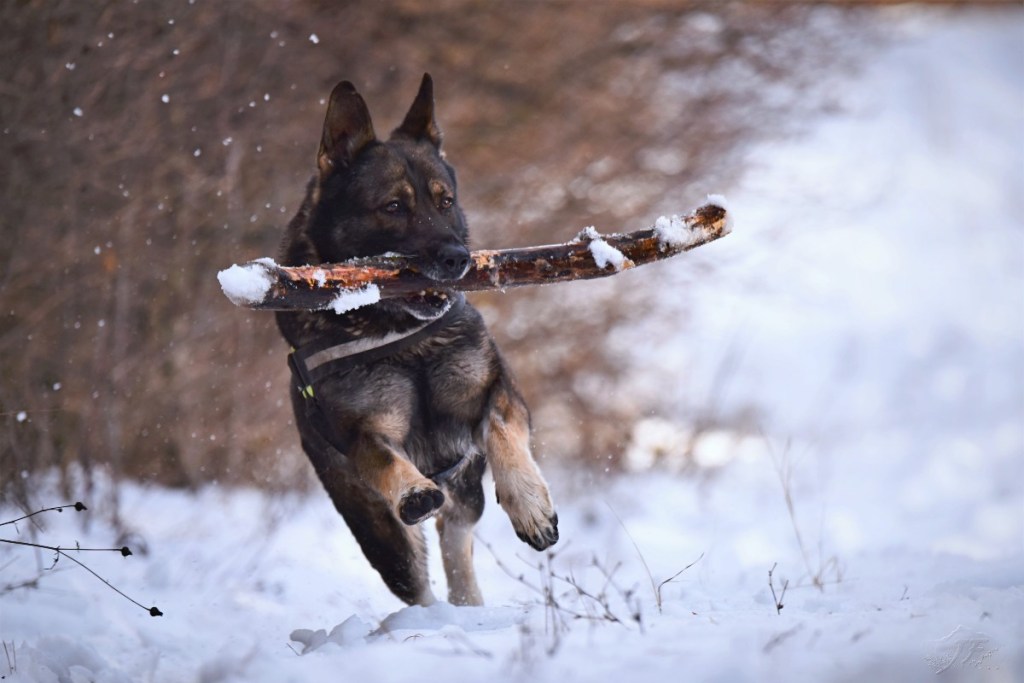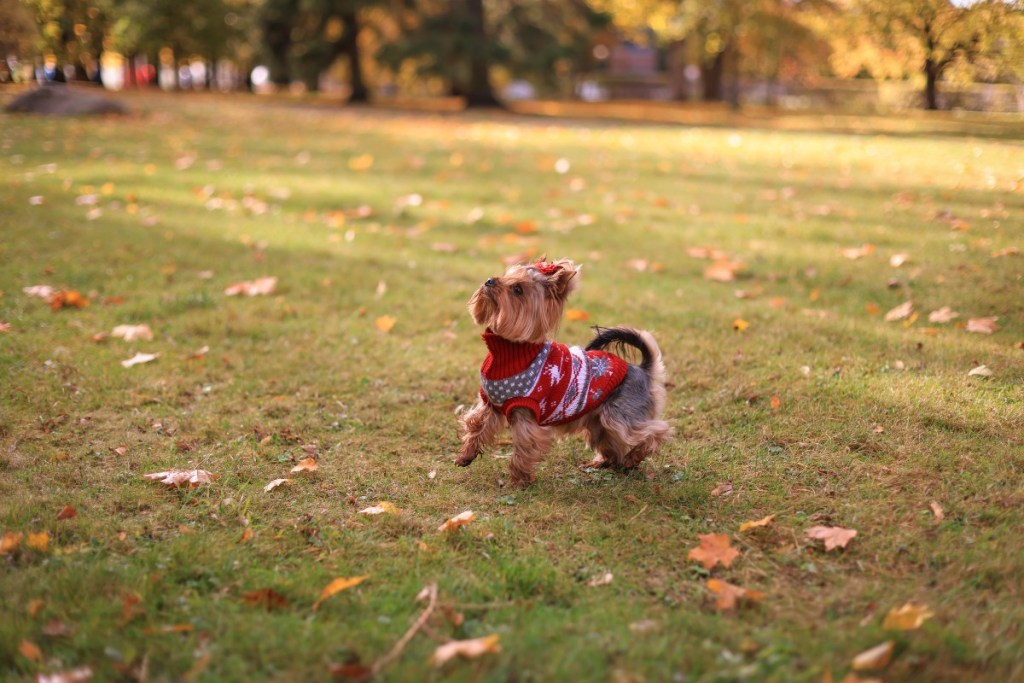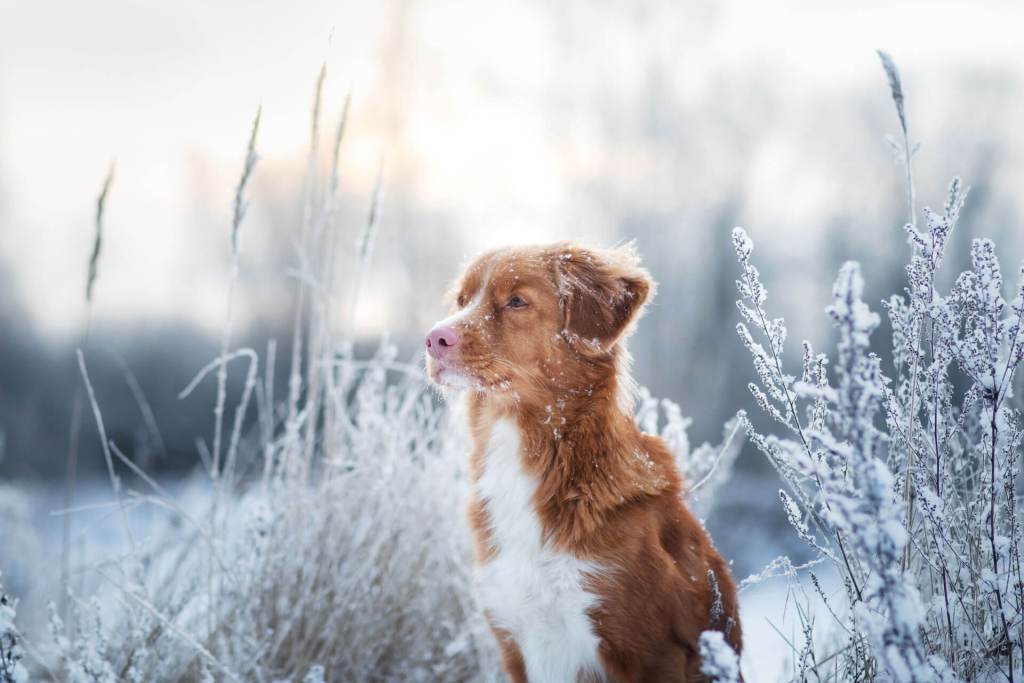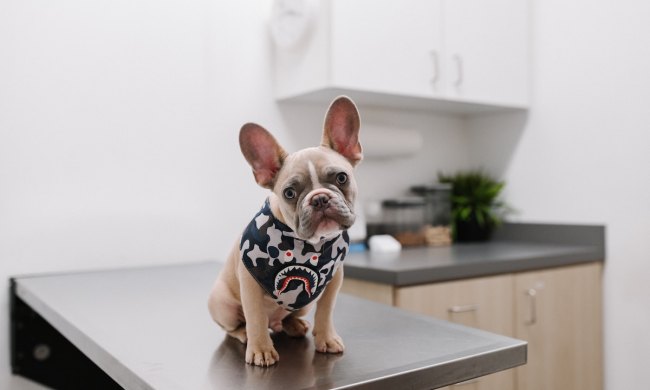
As humans, we have an idea of when the temperatures are about to dip. The weather person may bat .200 when it comes to predicting snow, but they’re usually pretty on point when it comes to letting us know about chilly weather.
Our dogs don’t have the same luxury of weather reports. They know the weather outside has gotten frightful the moment you open the door and a cold, arctic blast hits — not nips — their cute little noses. Some dogs, such as huskies, were built for winter. Their long coats and DNA make them winter-ready canines. However, your Chihuahua may not share the same sentiment. Even dogs that love the outdoors, like Labradors and beagles, have shorter fur and may not appreciate Jack Frost.
It’s still important to get your dog physical activity and use the facilities. Here’s what dogs need for winter weather.

Keep your dog safe and healthy in cold weather
You want to keep your pooch as comfortable and healthy as possible when taking them outside in the cold, snow, and ice. These tips can help keep them warm and prevent pesky issues like dryness and chills before and after walks.
Step 1: Consider your dog.
No two dogs are alike, and some pups need more help during the cooler months. A husky can probably go out in most weather without many precautions, but your short-haired terrier may need more assistance. Additionally, a senior dog that isn’t as sure on their feet or one with a condition like hip dysplasia may have more trouble on the ice.
Step 2: Check the temperature.
As a general rule of thumb, if it’s too cold for you to be outside for long periods, it’s too cold for your dog. If you’re letting them out in the backyard, be sure to let them back in after they’ve done their business if it’s freezing.
Step 3: Run a dehumidifier.
Dehumidifiers keep human skin from losing moisture in the dry heat caused by indoor heating. They can do the same for your pet. Dry paws and itchiness can make your pet less likely to want to stay active, so mitigating these seemingly benign issues can give them one less reason to be a couch potato.
Step 4: Engage in post-walk cleanups.
Dry ice can cause paw irritation, so wipe their paws with a cloth and warm water when you come inside.
Step 5: Take a bath break.
A warm bath on a cold day may feel like the perfect Rx. However, bathing too frequently can reduce the essential oils needed to keep your dog’s skin moist and healthy. Stick to about once per month or every six weeks during the winter to avoid irritation that may make it harder for your pet to move and stay healthy outside.

What dogs need for winter weather
Your dog has a fur coat, but some dogs can benefit from a little extra. Consider gifting your pup one or more of the following this holiday season to prepare for the cold weather ahead.
- A sweater or coat. A cozy sweater or waterproof coat can provide an extra layer for your pet and keep them cozy during outdoor winter walks.
- Booties. If your four-legged friend will wear them, booties can protect paws against dry ice and other irritants.
- Paw balms. Balms help keep your pet’s paws from getting dry, cracked, and irritated. Note that cleaning with warm water is still essential.
Remember, if your dog isn’t into the sweater or booties, it may be best not to bother, especially if it’s preventing them from wanting to go outside. The point is to help them stay active outside and not give them another reason to pull you back indoors.

How to entice your dog to go out in the cold
It may be too cold for a trip to the dog park or a long walk in a winter wonderland, but your pet likely still needs to brave the cold weather to potty. Here’s what to do if your dog isn’t having it.
Step 1: Lean into training.
Basic commands, like "come," can remind your dog to follow your lead.
Step 2: Find a dry patch.
If snow is preventing your dog from going outside and you can pick them up, do so. Find (or clear) a patch, bring your dog to it, and have them do their business. You may need to pick them up again to go inside.
Step 3: Praise your pup.
Keep it positive. Remember, your dog isn’t trying to be annoying — they're cold and maybe a little scared. Give them plenty of praise as they slowly make their way outside.
Step 4: Give your dog a treat.
Try to entice your dog by throwing or leading them outside with a treat. Treat them again when they use the facilities and when they come back inside. (Though the best treat may be a snuggle session with you.)
Step 5: Keep it short.
Let them do their business and go back inside. Now isn’t the time to push a long walk if your dog is too cold. There are other ways to stay active during the winter, like playing indoor fetch or tug of war.
Many dogs, like humans, don't love going out in the cold. However, they likely can’t hibernate indoors all winter. Many dogs are housetrained to potty outside. Items like sweaters or coats and booties can keep them warm and protect against the elements.
Short walks are best this time of year, particularly for short-haired or senior dogs or pets with health conditions. You can continue to ensure your pet gets physical and mental stimulation in other ways, such as rousing play sessions indoors. Try throwing the ball down the hall, playing tug of war, or engaging in short training refreshers.



